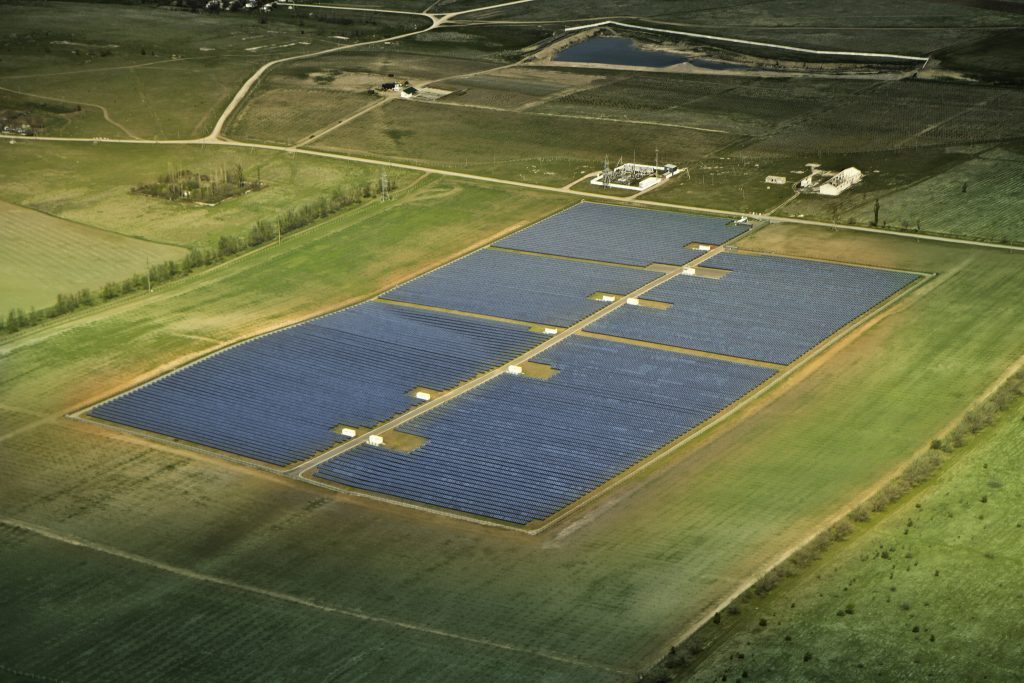
Polysilicon
Polysilicon prices had stabilized on a high level this week, with overall quotations on mono polysilicon sitting at roughly RMB 236/kg. With the imminent arrival of the Chinese New Year holiday, there were fewer new orders due to affected logistics and transportation, while the continuously improving domestic and overseas end demand is providing a support for the operating rate of wafers at a high level, which is followed by constantly increasing purchase demand. As of now, February orders have all been signed, and polysilicon prices may remain obstinately high after the holiday.
An observation on the production, operation, and shipment of the polysilicon sector indicates that one out of 11 domestic businesses has started overhaul and maintenance, though the corresponding impact is relatively small. Domestic polysilicon production is expected to arrive at 52K tons in January under a MoM increase of 6.6% primarily coming from the expanded capacity of Daqo New Energy and Yongxiang at approximately 2,700 tons, though the pace of capacity expansion has been trailing, and the existing production volume is still unable to fulfill the demand from the wafer end. The constrained supply will continue in the short term.
Wafers
Wafer prices had remained largely sturdy this week, with a slight increment in M10 mono-Si wafers. The earthquake in Qinghai and short supply of polysilicon have impeded the pace of production resumption for the wafer sector, which is why the supply of the product will remain constrained within the short term. M6 was concluded at a mainstream price of roughly RMB 5.15/pc this week, while M10’s mainstream concluded price was slightly increased to approximately RMB 6.15/pc, and G12 was concluded at about RMB 8.1/pc. The market now has a higher degree of acceptance towards wafer quotations after successive increment last week, with sufficient support provided in prices, and wafer prices may still increase after the Chinese New Year holiday.
An observation on the production, operation, and shipment of the wafer sector denotes that partial domestic projects have been successively initiated after the end of 2021, and the end market demand has also improved as a result, with wafer businesses’ expanded capacity gradually releasing at the same time, which effectively mitigates the current confined supply. The operating rate for the wafer end is estimated to be roughly 65% in January.
Cells
Cell prices remained stable on the whole this week with fewer new orders signed. With the Chinese New Year holiday approaching fast, a certain segment of module purchases has now suspended, and there have been no apparent fluctuations in overall concluded prices under a sluggish market status. M6, M10, and G12 were respectively concluded at roughly RMB 1.08/W, RMB 1.11/W, and RMB 1.1/W. Due to the better-than-expected demand from the end market during Q1, cell businesses have now exceeded their profit level, and are adhering to an overall operating rate of approximately 80% in January that is a larger increase compared to that of December, where the capacity for 182mmm is almost at a full load, while 166mm has been somewhat repaired in capacity. A new round of bargaining will soon be activated after taking into account the acceptance on module makers’ prices amidst the constantly rising prices of upstream polysilicon and wafers, and cell prices are going to sustain the corresponding pressure.
Modules
Module prices remained stable on the weaker end this week, and have yet to follow up on the inflation trend considering the degree of acceptance from end project providers under constantly increasing prices from the upstream industry chain recently. As the Chinese New Year holiday draws near, several provinces have gradually suspended their distributed projects, where most clients are now over the fence, and module makers are focusing on delivering previous orders. Mono-Si 166mm, 182mm, and 210mm modules were concluded at roughly RMB 1.85/W, RMB 1.86/W, and RMB 1.87/W respectively. The 4.5GW module tender from SPIC was opened this week, where the average tender price for single-sided 182 and 210mm modules is set at approximately RMB 1.911/W and RMB 1.921/W, which is an increase of roughly 5.6-6.1% from the average price of RMB 1.81/W for the tender of single-sided 182 and 210mm modules from China Nuclear Nanjing in mid-January. With the end demand improving in domestic and overseas markets, the module sector has returned to about 85% in overall operating rate during January.
In terms of auxiliary materials, PV glass prices are leveled to that of last week. Float glass businesses are successively suspending operations as the Chinese New Year holiday closes in, and prices are expected to remain stable in the short term. 3.2mm and 2.0mm glasses were respectively concluded at a mainstream price of roughly RMB 26/㎡ and RMB 20.5/㎡.
(Image:Activ Solar via Flickr CC BY-SA 2.0)


